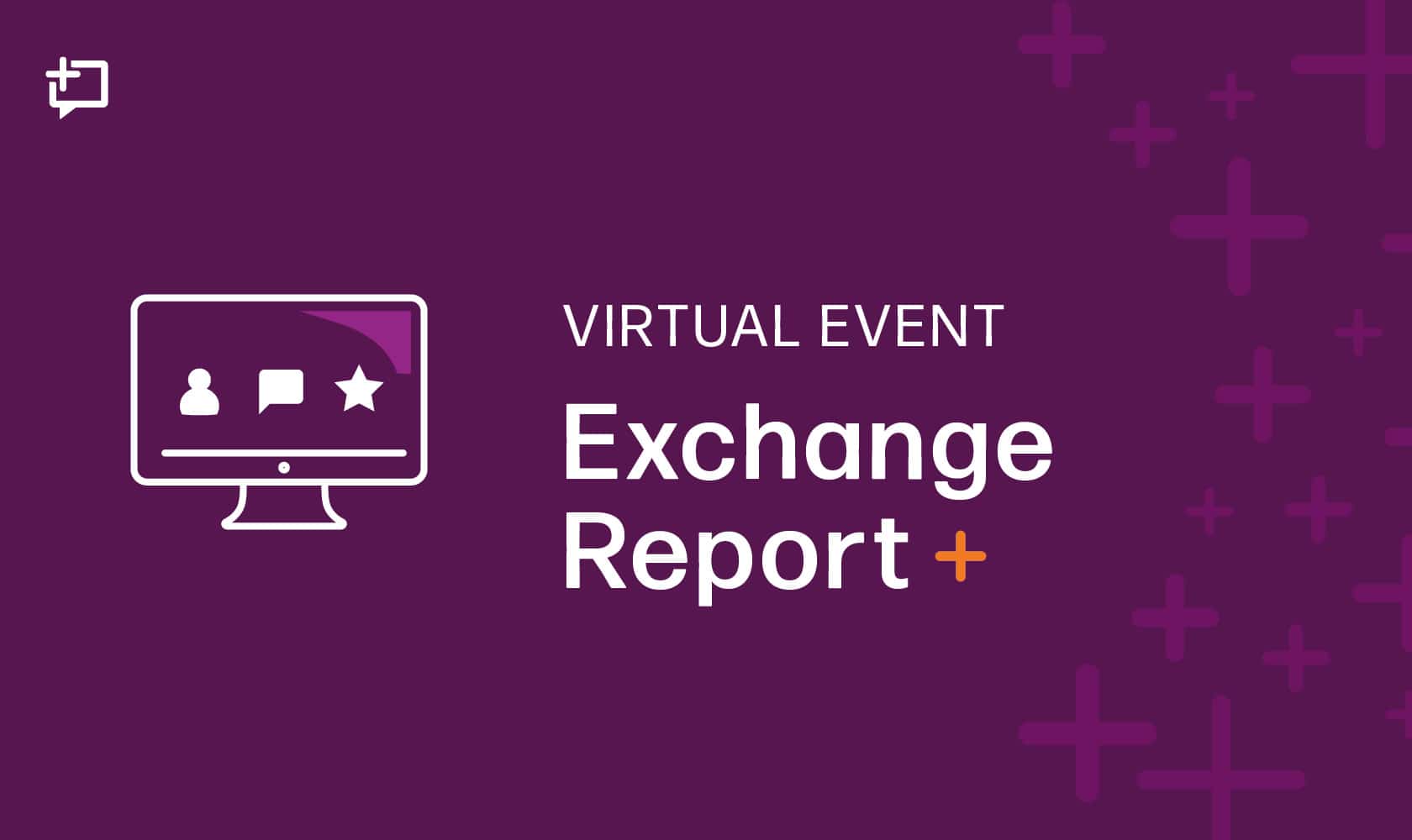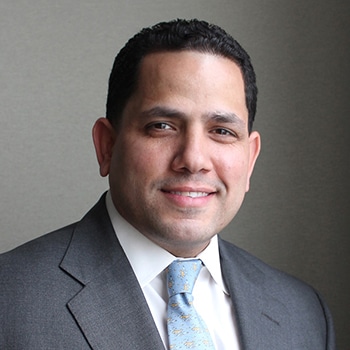Enabling Your Team Digitally

Jana Vondran - Enabling Your Team Digitally
Featured Speaker, April 15th, 2021
Thank you very much Lauren, and thank you very much for having me, very happy to be here and with this group.
So yeah. For me really I mean first of all I want to kind of pick up on what Ace said as well – it's cover your basics. And that's really about enabling your team digitally. I mean we went from, like, a very – Ace said before – we went from something that we thought would maybe happen in five years, like really the remote work the kind of fully digital enabled in a year. And for us and some of our locations we went – we had to go remote within two hours. Our Manilla team basically was working at night, 10 p.m., the president of the Philippines comes on and says, like, in two hours we are shutting down all public transportation.
So the thing was, let's get them first into safety but then how do we quickly enable them? And it was not an easy one. I mean I have to say we probably during those first weeks struggled to make sure everyone has the phone lines open to make actually sales calls right? To have the technology.
But so, for me it's like cover your bases first, and that's tools, technology and modelling. Meaning you have to have the technology of course, the different channels of interacting, collaborating. And I think even now we are seeing there is more need. Because yes, we have the normal communication tools now, the Zooms, the teams, the chat applications. But how about really collaboration in terms of white boarding? Things that we've done usually in the room.
So really making those tools available. And then really making sure that your associates understand and are enabled to use those tools. So provide learning, provide, like, either video classes, a lot of digital learning so that people feel comfortable really living in this digital new world, and – very important my third part, there is modelling.
One of the things I can say, I mean I always have the video on. Every chat I have, when someone calls me now on the phone I get a little irritated because I can't see the person. So modelling the behaviour that you want to see, really that means also new technologies, right? Embrace them. And that means, yes, I might be in a meeting that I'm chairing and the technology might not work perfectly but we're trying it and we're kind of learning together.
So I think that's a really important piece.
But I think we all learned when we went into this pandemic we thought – we were all very high, right? Everyone was kind of, productivity, engagement was very high. Now we are realizing this is a marathon, not a sprint. And with this a lot of fatigue is setting in right? People are getting a little disengaged because we are working so much more now in what I would consider functional team siloes rather than actually having those natural things of meeting someone in the cafeteria, meeting someone at the coffee machine and just having that cross pollination. And that's something we need to address.
So, the second area that I want to cover around is really around the people. So one of the things that we deployed very early on was the people first strategy. And that was safety and health as the first part, right? It didn't matter. We made sure people got into this safe environment with them and their families and they were feeling secure and that, and they felt taken care of.
And then the second part on this really is wellbeing. So Ace already talked about it. So we implemented a lot of podcasts, tools, mental health, coping mechanism, yoga classes online. Podcasts that some of our associates spoke up on how to manage home schooling. Just sharing ideas on how to do this because we all are in this together. Healthy cooking classes, because let's be honest, I mean I know from my home here, I mean our sugar intake has taken you know, really gone up. So how do we stay healthy and keeping that in mind.
And also very important, being very conscious about which of our associates are living alone. Who do we need to check in more often and to just make sure that they are OK? And so building this trust, right? People feel positive and safe. That creates loyalty, that is trust in the company. And our customers perceive that, so that's also from a customer experience something that's taking care of your own people to really creating that positive energy also around, you know, with your customer.
And then last but not least, I would say communication, more communication and truly inclusive communication. Making sure that communication is not a one-way street. It's an exchange, it's a conversation. And we've spent a lot of effort and time in this last year to really understand the impact our communication has. How many people are we reaching? Who are we reaching? Are they reading? What are some of the channels that the associates prefer? How would they like to get this information? Is it printed? Is it a video? What really works for them? And how do we learn also what is important to them.
So we've implanted a few things to make sure – I mean in our communication everyone is a leader. So let's not just listen to leaders and let's just not give leaders the platform but let's also bring associates and their stories. It's about stories, really much more storytelling than just, you know, here is some communication. And about making individuals feel very special.
And so we created different campaigns, both printed and on social media as well as a video series featuring associates and their life story. Just, you know, what's going on, how do they live/ what are some of the things – hobbies that are important to them, and how is their role, their function in the company supporting the overall vision of the company?
So really kind of bringing that up to creating this joint communication. And again it's not just – people don't want just want to hear from their leaders. They want to hear from their peers. And so having really this kind of mindset I think was really important for us.
So if I kind of summarize it, it's like have the basics, make sure people are enabled, make people first your strategy and really think consciously about your communication so that it becomes an exchange, a conversation rather than just a one-way street.







